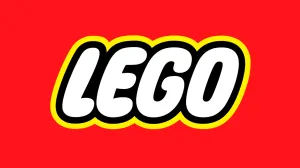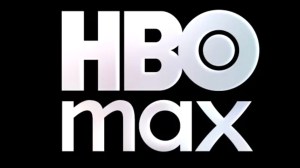These days, microtransactions in games are basically a given. They’re most popular in free-to-play titles, where selling skins or gacha pulls is how the games make money. However, even paid games like Diablo 4 tend to offer some pricey cosmetics and skins for players to buy on top of the cost of the base game.
Videos by ComicBook.com
While some games manage to balance their microtransactions well, others become so predatory that the in-game offers drag down the gameplay. The games in this list are guilty of some of the worst microtransactions in gaming history that more or less ruined the player experience.
10. Character Changes in Mecha Break
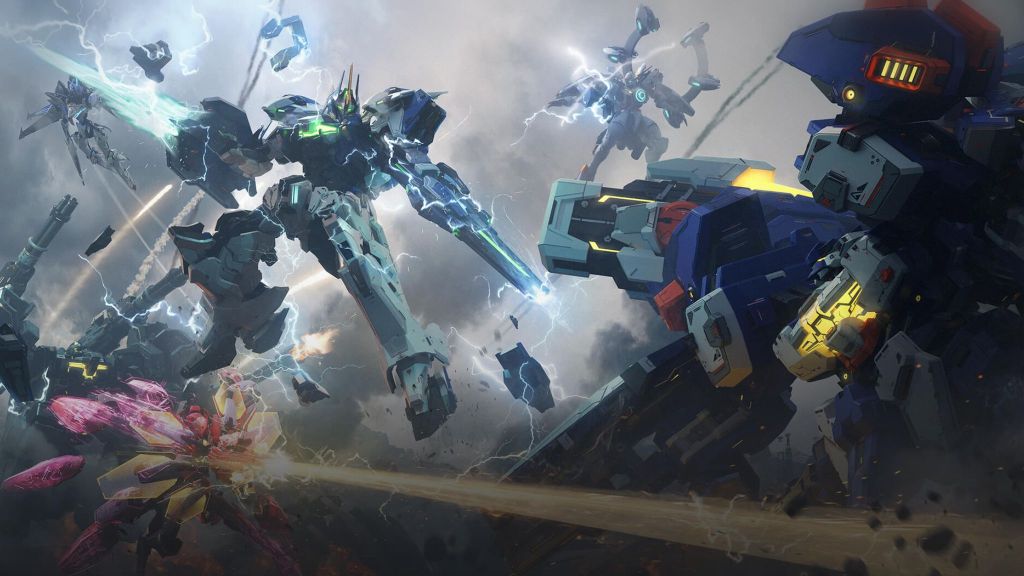
It’s early days for Mecha Break, but it’s safe to say the choice of $5 microtransactions to alter the gender of your pilot got things off to a bad start. Gamers complained early and often about the microtransaction model of the mech shooter, leading to a mixed review rating shortly after launch.
Mecha Break has since walked back some of the worst microtransactions. A recent update made changing the gender of your pilot free and allowed for more free customizations on paid skins. Time will tell if the game is able to recover from that first impression, but as some of the other games on the list will show, it could be tricky.
9. Monster Hunter Character Vouchers

Character Edit Vouchers have been a part of the Monster Hunter franchise for a while. But even with microtransactions being more and more standard in the gaming world, players still hate them. These vouchers are the only official way to customize your character in games like Monster Hunter Wilds. Yet, they come at an additional cost above the price of the game.
Monster Hunter Wilds didn’t leave this frustrating microtransaction trend behind. After the first free edit, players need to pay for a Character Edit Voucher to make additional changes. The vouchers are sold in packs of three, which cost about $6.99. That’s not the steepest microtransaction around. But, given the base game costs $69.99, many players aren’t happy to have microtransactions like that around. Sure, MHW is still popular, but these vouchers are one of the most-hated features of the game.
8. Paid Event Tickets in Pokemon Go
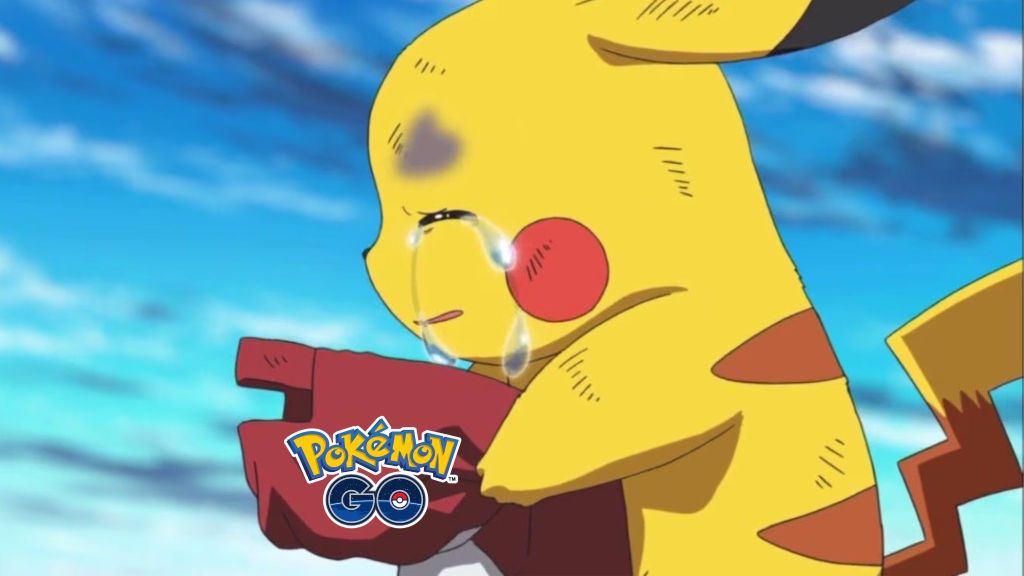
Even before its sale to notorious microtransaction-heavy Scopely, Pokemon Go has slowly been increasing its paywalled content. The game has always included microtransactions, but in recent years, more and more in-game events and features are pay-to-play. At first, most events had some Research Story content and tasks for players, even at the free level. But over time, more of the game has been locked behind paid tickets.
Now, every event has a ticket that unlocks more spawns, rewards, and generally gives players a leg up. Some events have even been basically empty of Research without a paid version. As more and more elements of the game go behind a paywall, there’s less reason to log into Pokemon Go at all for free-to-play gamers.
7. Marvel Strike Force Price Creep
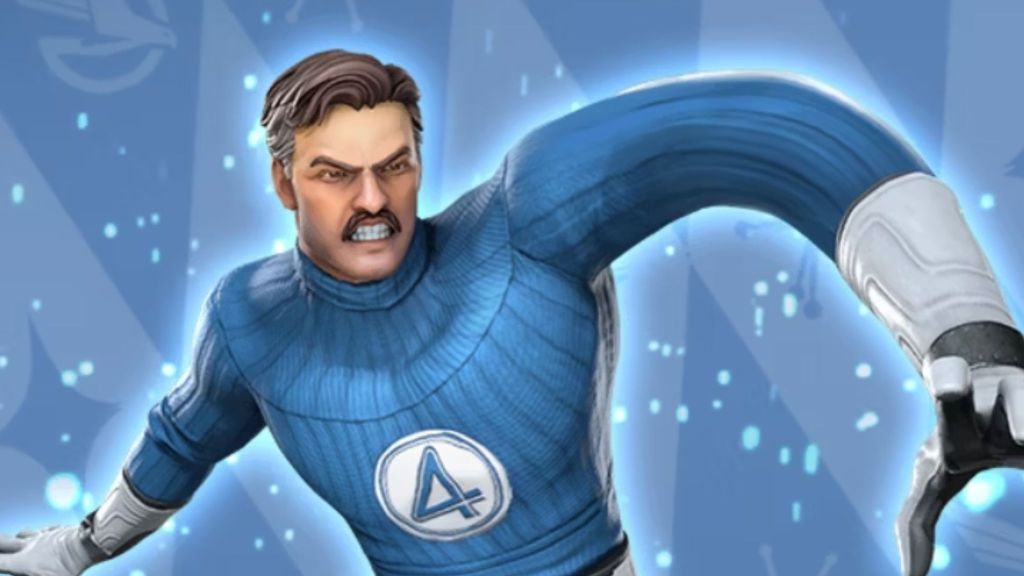
Marvel Strike Force is the story that made Pokemon Go fans wary of the game’s sale to Scopely in the first place. At launch, Marvel Strike Force was praised for being free-to-play friendly. Most microtransactions were fairly inexpensive and were cosmetic, easy to ignore and still enjoy the game. Over time, however, the prices of in-game items increased. And the free rewards in the game decreased alongside them.
These days, many event rewards are nearly impossible to earn unless you spend real-life dollars to unlock extra bonuses. Battle Pass prices have also increased over time, making it more expensive even for those players who don’t mind spending on the game. These days, many gamers have given up on Marvel Strike Force as it’s very slow going if you aren’t shelling out money.
6. Pokemon Scarlet & Violet Story Endings as DLC

One of the absolute worst microtransactions is when a game locks its story ending behind a paid DLC. Over the years, quite a few games have pulled this trick, selling you a “complete” game only to reveal a story that doesn’t quite wrap up without the DLC. Asura’s Wrath was an early culprit of this behavior, but Pokemon Scarlet & Violet piled on.
I’ll admit I actually enjoyed Scarlet & Violet, but even so, I get why many Pokemon fans were disappointed with it. Graphics and glitches aside, the story was pretty solid. Except that some key plot points never really wrap up in the main story. Our characters don’t fully solve the mystery of Area Zero, and their further attempts to uncover them are hidden behind not one but two DLC. I’d argue even buying both of those doesn’t fully wrap up loose ends, but even so, it’s an egregious use of paid DLC on top of a paid game.
5. Multiversus Narrator Voices & Skins
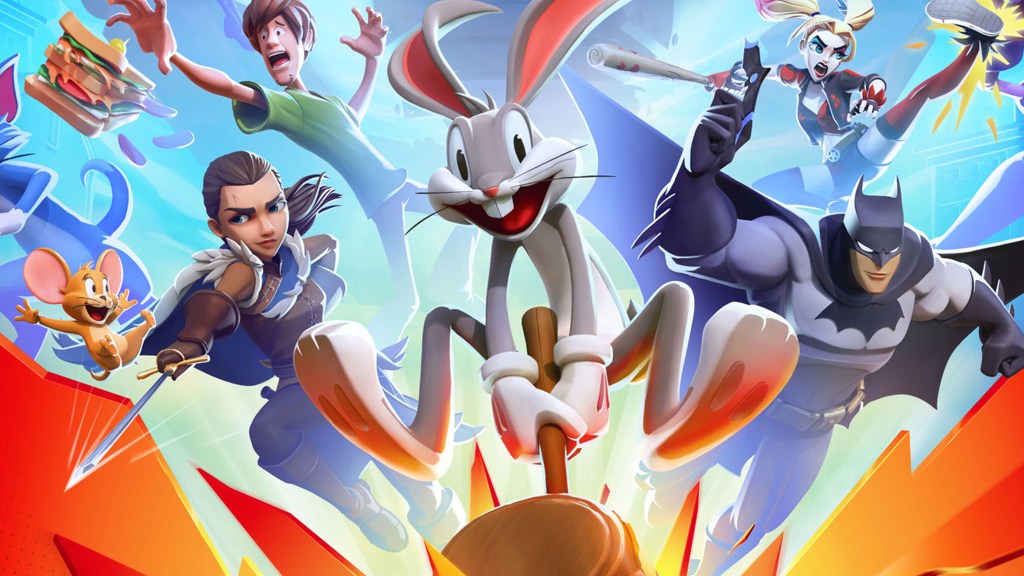
While Multiversus shut down for a variety of reasons, it’s one of the few games on this list that is fully delisted today. Many players blame the game’s frustrating microtransactions for its lack of success. In addition to a paid Battle Pass, Multiversus offered all manner of microtransactions for features many felt should’ve been in the game to begin with.
Not only could you pay for skins, but you could also pay to unlock voiceover for certain scenes. Many characters were locked behind a paywall as well, and even those that were free-to-play required a steep grind to unlock. So, many gamers abandoned the game, and it has now been fully delisted as a result
4. Battlefront 2 Early Access Microtransactions

Pretty much any time someone brings up microtransactions, EA’s Star Wars Battlefront 2 enters the chat. The game entered Early Access with a large roster of pricey paid characters and rewards locked behind a paywall. Players needed items tucked away in Loot Crates to progress, but these crates were tricky to grind for. The solution? Pay-to-play microtransactions.
The backlash was so intense that EA actually walked back the microtransactions prior to the game’s full launch. However, to this day, many players associate Battlefront 2 with horrific microtransactions that have irrevocably damaged its reputation. Even as recently as this year, gamers are hesitant to start the game out of fear it’ll turn out to be pay-to-win.
3. NBA2K MyCareer & MyTeam Costs
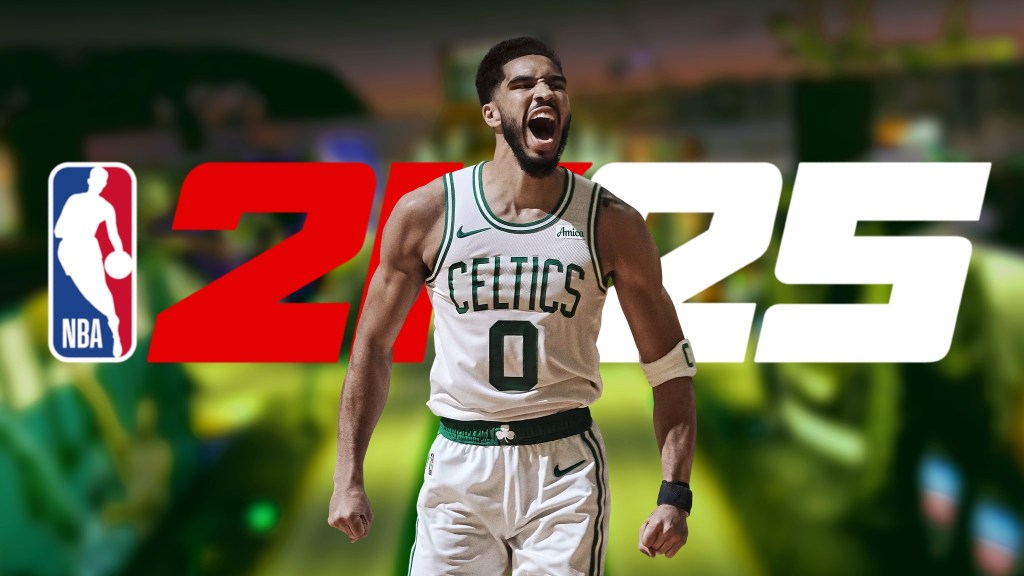
The NBA 2K series of sports games has been slowly adding more microtransactions over time. That has earned it one of the worst reputations when it comes to in-game costs. In fact, it’s so bad that a class action lawsuit has arisen surrounding the high price of the game’s Virtual Currency.
Games like NBA 2K25 offer a whole host of in-game purchases, on top of the cost of the game. The game’s MyCareer and MyTeam modes in particular require a ton of in-game currency to unlock new players, level them up, and everything else. This has earned the game a terrible reputation with many gamers, who feel a $70 pricetag shouldn’t come with so many additional costs.
2. Roblox “Pay to Play” Unlocks
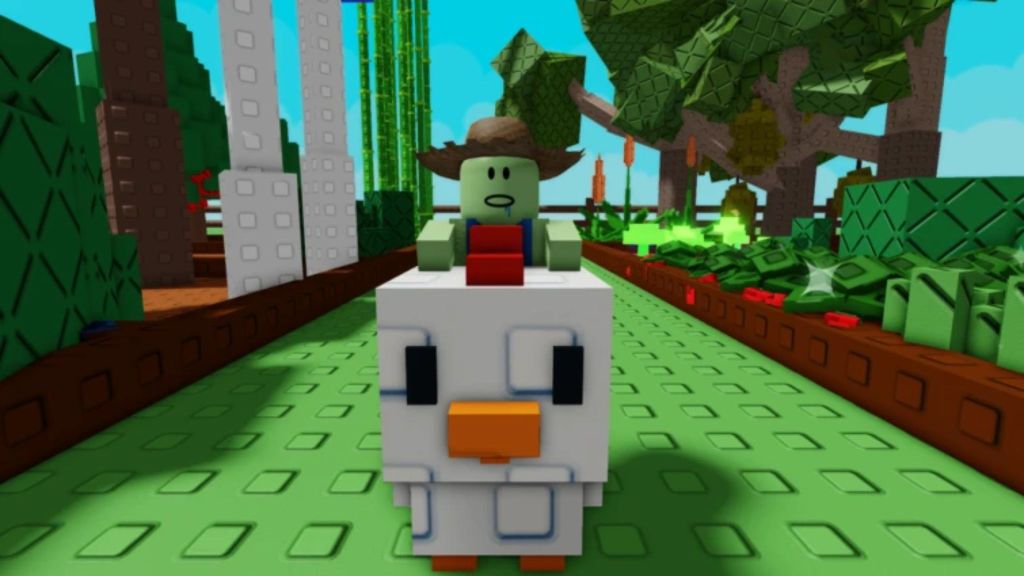
Gaming platform Roblox is largely aimed at a younger audience. And many parents fear the games housed on Roblox can be dangerous to kids, particularly where microtransactions are concerned. Though Roblox itself is free, many of the “experiences” on the platform offer paid elements. In some cases, progressing in the game, including moving to the next level, can be locked behind microtransactions.
Naturally, not being able to move forward in a “free” game without paying money is a pretty big red flag for adult gamers and parents of young gaming fans alike. For this reason, the microtransactions for some Roblox experiences can truly ruin the game by making it impossible to keep playing without entering your payment info.
1. The Elder Scrolls IV: Oblivion Horse Armor

Widely credited as the in-game microtransaction that started it all is the infamous horse armor from the original The Elder Scrolls IV: Oblivion. How could the OG microtransaction be anywhere but number one on our list?
No, the horse armor didn’t necessarily ruin Oblivion. But it did set the stage for where we’re at today by proving that gamers will pay real money for in-game pixels, so in a way, the Oblivion horse armor has ruined many games.



